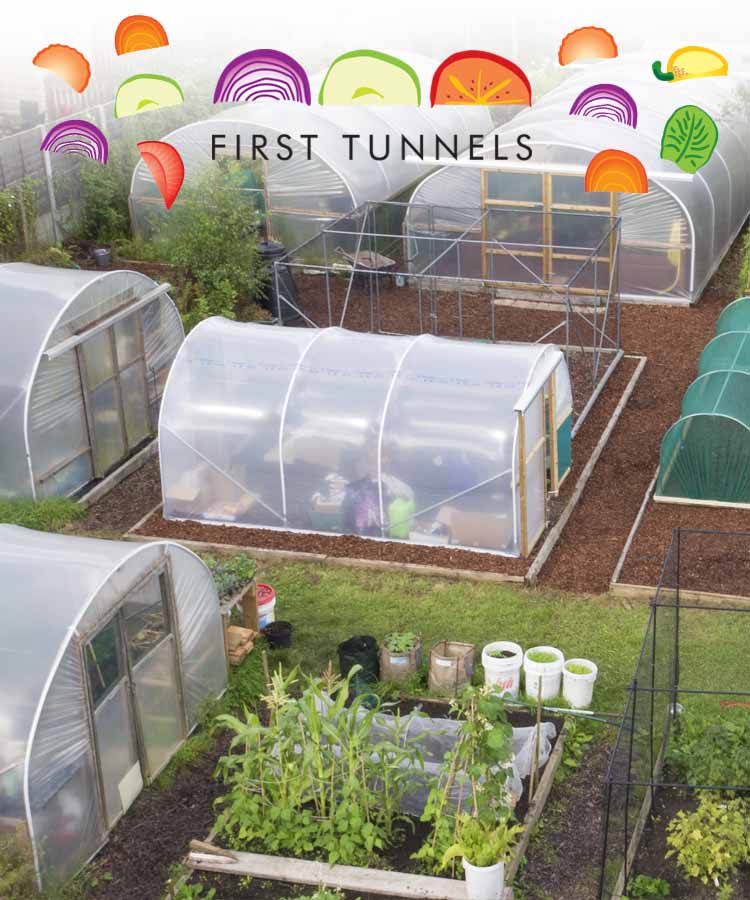Polytunnel gardeners often focus on growing plants for food. This is wonderful – a way to save money, which is good for your health and also good for the environment. But what gardeners often seem to forget is that plants are also useful in a range of other ways. They can make you more self-reliant in a range of different ways, which will also help to reduce your carbon footprint. One thing that you can do with some plants is turn them into paper.
In the UK, one of the most common plants with a fibre that can be used to make both fabrics and paper is the common stinging nettle. The part that is used to make paper is the stem, which is the part which contains the fibres that can be used for this purpose.
To process the stems (once you have removed the stinging leaves etc.), the fibres of the nettles will have to be crushed, the outer, woody bark removed, and the bast fibres inside chopped into small pieces and cooked to break up all the fibre. Blending the fibres at this stage will make the process somewhat quicker – be sure the pieces of fibre have been cut small and that you have plenty of water in the blender with just a small amount of fibre, so you don't burn out the motor. You can process the fibre without a blender though it is much more time consuming and labour intensive.
Paper makers will then place the fibres in water in a large container. A screen of hessian or fine mesh will then be dipped into the water, laid flat and then drawn up through the water so that the fibres form a thin layer on top of the screen. The pieces of paper formed in this way should be carefully placed on a soft, flat surface to dry. Nettle paper is tough, fabric-like paper, good for wrapping and crafts. But there are plenty of different papers that you could make with materials from your very own garden or polytunnel.
Making paper is definitely an art, and it can take years to discover the intricacies of the hobby. There are a range of different plants that can be used to turn into paper – once you get into it, you can experiment to see which plants might work well, either to make paper on their own or as an addition to a fibre mix. Making paper could be a great way to take another step towards a more eco-friendly and sustainable way or life.
